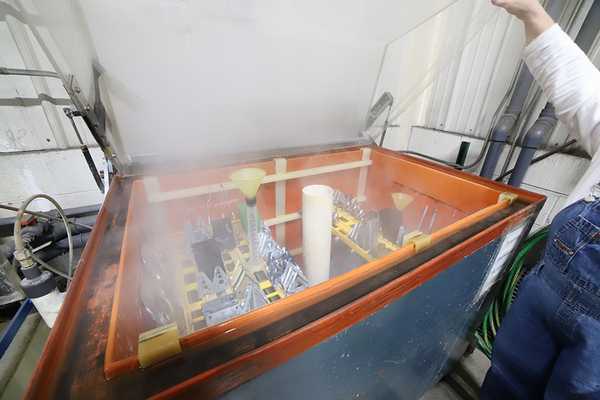- Qinsun Instruments Co., Ltd.
- Tell:+86-21-6780 0179
- Phone:+86-17740808215
- Address:No. 2578 Minhang District Gu Dai Road, Shanghai
- Contact:Mr. Li
- QQ:846490659
How to clean the reverse osmosis membrane

After a period of normal operation, reverse osmosis membrane components may be contaminated by suspended solids or insoluble salts that may exist in the feedwater. The most common types of these pollutants are calcium carbonate precipitation, calcium sulfate precipitation, metal (iron, manganese, copper, nickel, aluminum, etc.) oxide precipitation, silicon deposition, inorganic or organic deposition mixtures, NOM natural organic substances, synthetic organic substances (such as scale inhibitors/dispersants, cationic polymeric electrolytes) Microbial (algae, mold, fungi) contamination. The nature and speed of pollution depend on various factors, such as water quality and system recovery rate. Pollution usually develops gradually, and if not controlled early, it will damage membrane components in a relatively short period of time. When it is confirmed that the membrane components have been contaminated, or before long-term shutdown, or as regular daily maintenance, it is recommended to clean the membrane components.
When the reverse osmosis system (or device) experiences the following symptoms, chemical cleaning or physical flushing is required: under normal feedwater pressure, the water production decreases by 10-15% compared to the normal value; To maintain normal water production, the temperature corrected feedwater pressure increases by 10-15%; The water quality of the produced water decreases by 10-15%, and the salt penetration rate increases by 10-15%; Increase the water supply pressure by 10-15%; The pressure difference between different sections of the system has significantly increased.
Maintaining stable operating parameters mainly refers to the production water flow rate, production water back pressure, recovery rate, temperature, and TDS. If these operating parameters fluctuate, Hyde Energy suggests checking for contamination or ensuring that the actual operation of reverse osmosis is normal with changes in key operating parameters.
The overall performance of the timed monitoring system is the basic method to confirm whether membrane components have been contaminated. The impact of pollution on membrane components is gradual, and the degree of impact depends on the nature of the pollution. Table 1 "Characteristics and treatment methods of reverse osmosis membrane fouling" lists common fouling phenomena and corresponding treatment methods.
The cleaning cycle of contaminated reverse osmosis membranes depends on the actual situation on site. Hyde Energy suggests that the normal cleaning cycle is every 3-12 months.
When the membrane element is only slightly contaminated, it is important to clean the membrane element. Severe pollution can hinder the penetration of chemical agents into the pollution layer, affecting the cleaning effect.
The type of pollutants to be cleaned and how to clean them should be based on the on-site pollution situation. For complex situations where multiple pollutants coexist, the cleaning method is to use alternating low pH and high pH cleaning solutions (low pH should be used first and then high pH should be used for cleaning).





